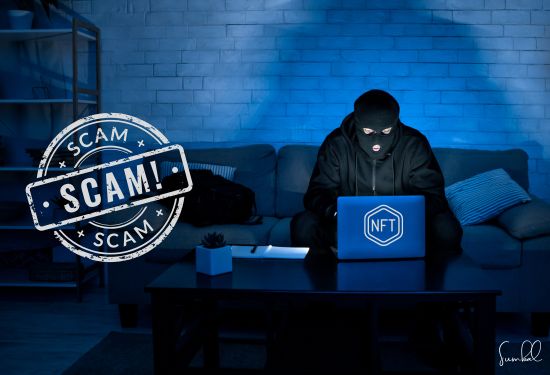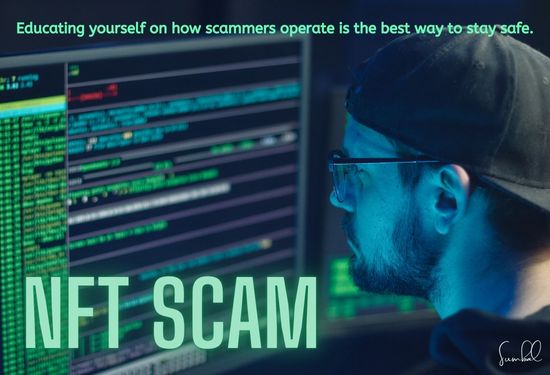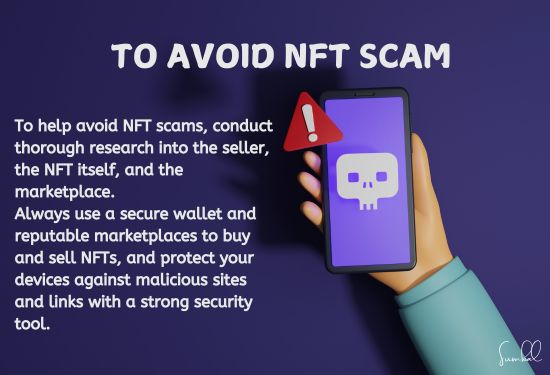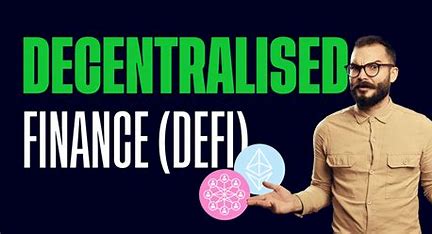In the era of NFTs, artists, creators, and investors have obtained new opportunities to use them. However, these developments could just as quickly bring with them such things as scams and frauds related to the booming popularity of this activity. Essentially, it is crucial to recognize such scams and avoid falling victim to them so that you do not lose any of your investments. Below is the list of tips you should follow to avoid getting scammed in the NFT marketplace.

1. Verify the Authenticity
Before buying, check as much information about the seller as possible. In most cases, the accounts of artists or creators involved in the creation of NFTs are verified, where you can find links to their primary social networks or personal websites in OpenSea or Rarible. It is advisable to avoid sellers with limited online presence or those who pretend to be popular, even if they cannot prove it.
2. Analyze the Marketplace
Use recognized NFT marketplaces that have enhanced security features and have not experienced hacking incidents. The scammers would prefer to work on less recognized social media. Social media users are advised to consider search results, reviews of other users, and the terms of the platform before making a purchase.
3. Fake NFTs
Criminals may create fake NFTs by replicating the images of original artwork or copying main tokens. To avoid buying fake NFTs:
- One should also check all the metadata related to the NFT to see if it is unique.
- Check the token’s ownership history on the blockchain database.
- Always check with the original author if something looks and feels like a scam.

4. Avoid Attraction Deals
Scammers use attraction techniques like claiming that you are getting a good deal when you invest in the project or when getting into the NFT marketplace or promise very high gains when investing in their artwork. Do not forget that the rightful creators and sellers will not compromise the value of their work, and huge discounts are not usual. Be very cautious when entering such deals.
5. Wallet Information
You must never reveal the private key of the cryptocurrency wallet. Hackers may send you an e-mail or create a fake website with the intention of you providing them with your details.
- Check the URLs twice before trying to log into an NFT marketplace.
- Do not open attachments or click through links that have been sent to you via email or instant messaging.
- If one has more significant amounts of cryptocurrency, one should opt for hardware wallets.
6. Pump-and-Dump Schemes
In these schemes, fraudsters leverage hype to manipulate the price of an NFT up and then sell the majority of the token to make profits after the price drop. To prevent becoming a victim:
- Check the trade history of the NFT and ensure that the price has organically moved up.
- Do not buy products based on pure hype on social media.

7. Smart Contracts
Each of the NFTs is associated with a smart contract that defines its operations. Such scammers may even insert false codes into these contracts with the intention of exploiting the buyers. You should seek opinions from a blockchain developer if you are new to reading smart contracts, or better still, go for well-tested and secure projects.
8. Suspicious Activity
In case of any doubtful or fake listing, do not hesitate to report the incident to the marketplace. Most platforms have measures in place to trace and ban bad actors. It also allows you to share the same scam with others and thus prevent them from falling victim to it.





